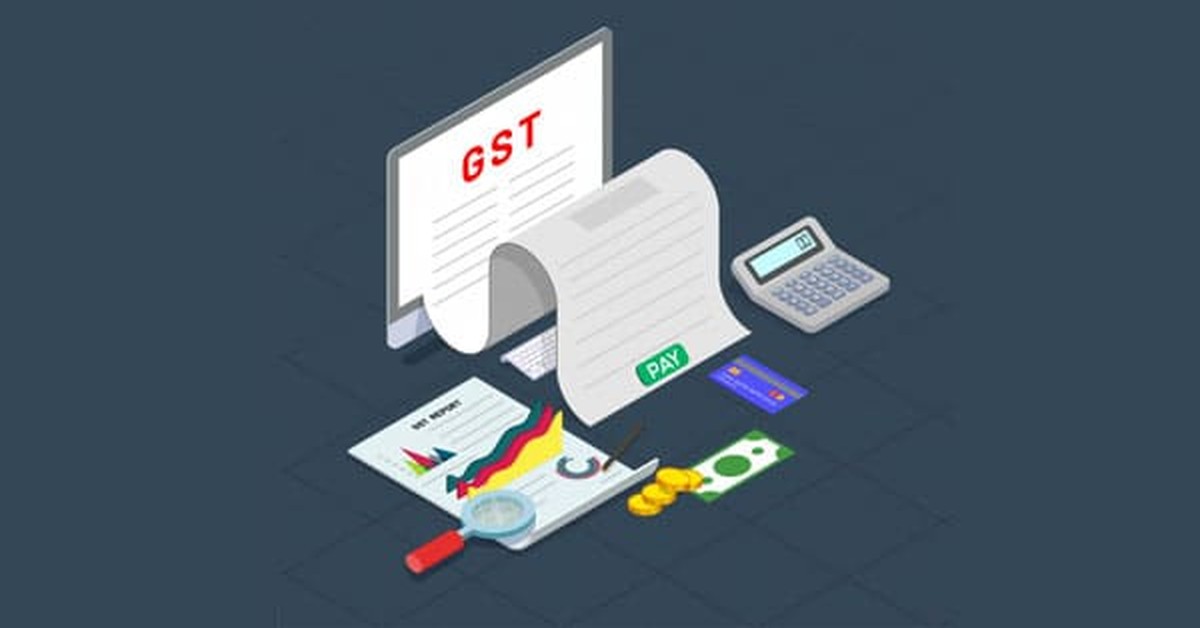Introduction
GST means Goods and Service Tax. It is a newly established tax law in India. GST was introduced on 1st July 2017 to replace various indirect taxes like VAT, Service Tax, Excise, Customs and all the other indirect taxes. GST is an indirect tax i.e. it is collected from the customer unlike the direct tax i.e. paid by the taxpayer from his own pocket.
Types of GST
- SGST (State Goods and Service Tax)- Collected by the State on local sales within a state.
- CGST (Central Goods and Service Tax)- Collected by the Centre on local sales within a state.
- IGST (Integrated Goods and Service Tax)- Collected by the Centre on interstate sale i.e. sales outside the local jurisdiction of a state.
SGST and CGST are charged equally on the sales made within the state. Example: If an item was sold within the state with GST of 5%. Then CGST is 2.5% and CGST is 2.5%.
IGST is charged on the interstate sales i.e. the sales outside the local jurisdiction of a state. The IGST is collected by the Central Government at the rate of the GST and is not further integrated into CGST and SGST. Example: If an item was sold by a manufacturer in Delhi to a supplier in Haryana at a GST of 5%. Then the IGST will be 5%.
How to Calculate GST
From the following examples, you will get a good idea on how GST will be charged on transactions made within and outside the state.
Example 1:
Question
- Sale amount = Rs 1,00,000
- GST= 12%
- Make bill assuming it is a sale made within the state.

Answer
|
SALES |
CGST @6% |
SGST @6% |
TOTAL |
|
1,00,000 |
6,000 |
6,000 |
1,12,000 |
Example 2:
- Sale amount = Rs 1,00,000
- GST= 12%
- Make bill assuming it is a sale made outside the state.
Answer
|
SALES |
IGST @12% |
TOTAL |
|
1,00,000 |
12,000 |
1,12,000 |
GST Rates
Under GST there are different tax rates like the following:
- 0% (Example Fruits)
- 0.25% (Example Diamonds)
- 3% (Example Gold)
- 5% (Example Coffee)
- 12% (Example Tooth Powder)
- 18% (Example Biscuits)
- 28% (Example Marble)
Each Service is charged at a different tax rate.
A complete list of services along the tax rates can be found on the following link:
https://cbic-gst.gov.in/gst-goods-services-rates.html
GST Payable and GST Credit
To understand what is GST Payable and GST Credit we first need to understand what is Output GST and Input GST. As the name suggests Output GST is the GST collected on the sales made. Whereas, Input GST is the GST paid on the purchases made for business purpose.
If Output GST is more than the Input GST it will result into GST Payable.
Example 1:
- Output GST on Sales made = Rs 10,000
- Input GST on Purchases made= Rs 8,000
- GST Payable = Output GST – Input GST = 10,000-8,000 = Rs 2,000
In case there is a GST Payable a challan has to be generated and the same has to be paid to the department.
Example 2:
- Output GST on Sales made = Rs 8,000
- Input GST on Purchases made= Rs 10,000
- GST Credit = Input GST – Output GST = 10,000-8,000 = Rs 2,000
In case there is a GST Credit, then the same can be carried forward to the next month for adjustment with the Output GST of the next month. Hence, no challan is generated.
The author can also be reached at info@theconsultantguru.com.







 CAclubindia
CAclubindia

